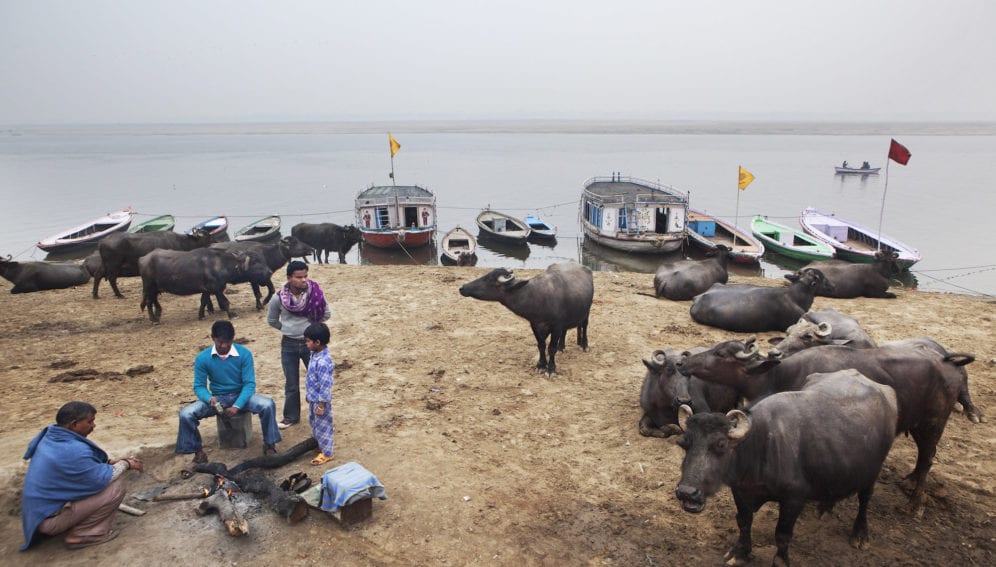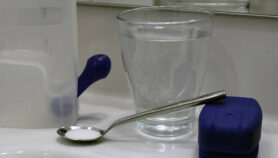By: Vijay Shankar
Send to a friend
The details you provide on this page will not be used to send unsolicited email, and will not be sold to a 3rd party. See privacy policy.
[NEW DELHI] Dosing cattle regularly with fipronil, an insecticide that kills bloodsucking sandflies, can stop the spread of the protozoan parasite that causes leishmaniasis, or kala-azar, says a feasibility modelling study published in PLoS Neglected Tropical Diseases this month (August).
This novel approach could complement other sandfly containment methods such as the indoor residual spraying with insecticides, say researchers at Genesis Laboratories, Inc., Wellington, Colorado, US.
Leishmania donovani, the parasite, spreads into the bloodstream of cattle and humans when infected sandflies bite the host for a blood meal. “The idea is to treat one of these two hosts with a safe systemic insecticide that will stop the flies spreading the parasite between hosts,” David Poché, lead author of the study tells SciDev.Net.
Poché’s team found cattle tolerant to fipronil, but deadly for lab-reared sandflies. Additionally, they found that fipronil excreted by cattle through dung killed sandfly larvae.
The researchers then mathematically modelled the efficacy of fipronil treatment on the basis of experiments with cattle in different seasons to predict two effective treatment frequencies.
When fed thrice a year to cattle with a two-month interval, starting in March, fipronil could kill about 90 per cent of the flies by August. Administered six times a year with a two-month interval, starting in January, fipronil-laced blood and dung could kill off about 97 per cent of the flies, the researchers predicted.Luigi Sedda, a biostatistician at Lancaster University, UK, described the biological model as “a good approximation of the reality”. However, he added that, as there are only a limited number of studies on the source of blood meals for sandflies, these assumptions are uncertain.
There is no clear evidence as yet whether fipronil leaches into milk. William Starbuck, senior programme officer at the Bill and Melinda Gates Foundation, told SciDev.Net that the researchers will have to produce very robust evidence that fipronil is not getting into milk. “The Indian population does not like people mucking about with their milk supply,” he said.
According to Sedda, fipronil can be an option for vector-control, but more research is needed in order to test its efficacy, effectiveness, and toxicity. “For highly affected areas, public intervention (subsidising fipronil) can be cost-effective for the whole community," he said.
Starbuck was confident that the treatment’s efficacy was such that it could result in an increase in milk yield, which would, in turn, encourage farmers to adopt the treatment.
With an estimated 500,000 human infections and 50,000 deaths annually, visceral leishmaniasis, a dangerous form of the disease, is the second most prevalent parasitic killer after malaria.
This piece was produced by SciDev.Net’s South Asia desk.














